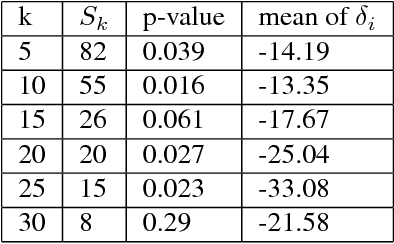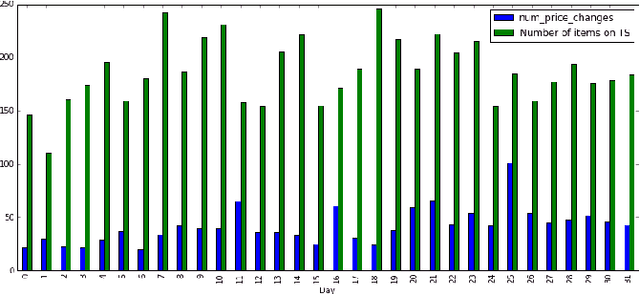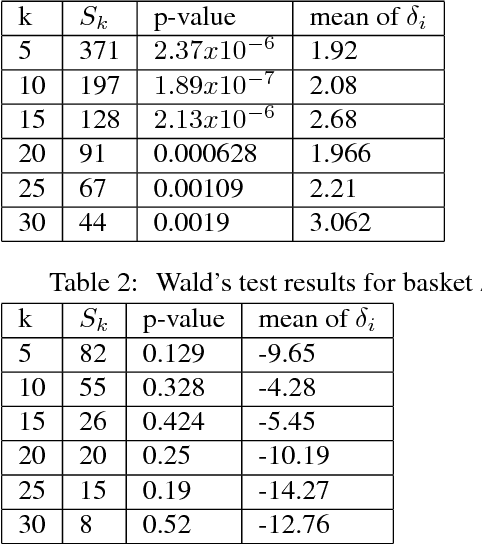Brian Seaman
Sales Demand Forecast in E-commerce using a Long Short-Term Memory Neural Network Methodology
Jan 13, 2019



Abstract:Generating accurate and reliable sales forecasts is crucial in the E-commerce business. The current state-of-the-art techniques are typically univariate methods, which produce forecasts considering only the historical sales data of a single product. However, in a situation where large quantities of related time series are available, conditioning the forecast of an individual time series on past behaviour of similar, related time series can be beneficial. Given that the product assortment hierarchy in an E-commerce platform contains large numbers of related products, in which the sales demand patterns can be correlated, our attempt is to incorporate this cross-series information in a unified model. We achieve this by globally training a Long Short-Term Memory network (LSTM) that exploits the nonlinear demand relationships available in an E-commerce product assortment hierarchy. Aside from the forecasting engine, we propose a systematic pre-processing framework to overcome the challenges in an E-commerce setting. We also introduce several product grouping strategies to supplement the LSTM learning schemes, in situations where sales patterns in a product portfolio are disparate. We empirically evaluate the proposed forecasting framework on a real-world online marketplace dataset from Walmart. com. Our method achieves competitive results on category level and super-departmental level datasets, outperforming state-of-the-art techniques.
Thompson Sampling for Dynamic Pricing
Feb 08, 2018



Abstract:In this paper we apply active learning algorithms for dynamic pricing in a prominent e-commerce website. Dynamic pricing involves changing the price of items on a regular basis, and uses the feedback from the pricing decisions to update prices of the items. Most popular approaches to dynamic pricing use a passive learning approach, where the algorithm uses historical data to learn various parameters of the pricing problem, and uses the updated parameters to generate a new set of prices. We show that one can use active learning algorithms such as Thompson sampling to more efficiently learn the underlying parameters in a pricing problem. We apply our algorithms to a real e-commerce system and show that the algorithms indeed improve revenue compared to pricing algorithms that use passive learning.
 Add to Chrome
Add to Chrome Add to Firefox
Add to Firefox Add to Edge
Add to Edge